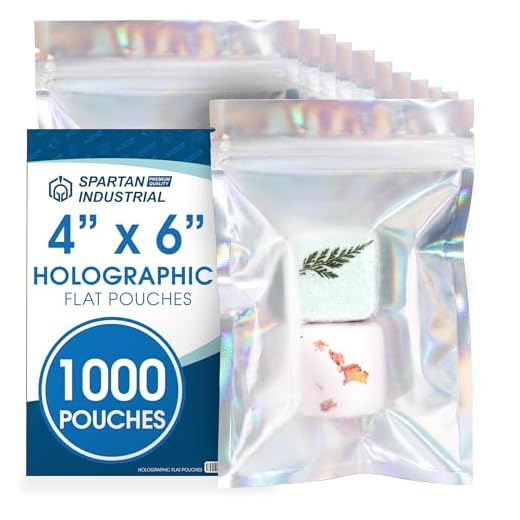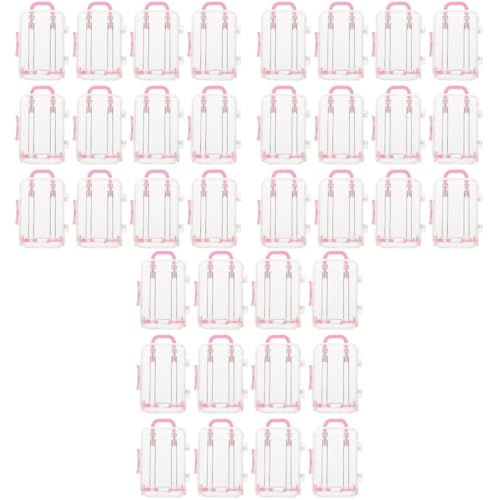



Bringing sugary treats on board is generally allowed, with some exceptions. It’s advisable to check the specific airline policies and the regulations of the destination country before packing. Many airlines permit various types of confectioneries in hand baggage, provided they meet the size restrictions for liquids and gels. For example, items like chocolate bars or hard candies are typically acceptable.
While planning your trip, pay attention to customs regulations at your arrival destination. Certain countries impose restrictions on food products, including snacks, to prevent the introduction of pests and diseases. It’s prudent to research and ensure that the items you wish to bring are permitted to avoid possible confiscation or fines.
Consider the packaging of the items, as well. Sealed or packaged treats are often viewed more favorably during security checks. Homemade goodies may face additional scrutiny, so if you intend to bring those, prepare for potential questioning by security personnel.
Can I Bring Candy in My Hand Bag?
Yes, bringing confectionery items in a personal bag is generally permitted. However, there are a few important details to take into account. First, ensure that the treats are sealed and packaged properly. Opened items might raise suspicions during security checks.
For international travel, check the regulations of your destination regarding food items, as certain countries have strict rules about importing edibles. If the products contain chocolate or are sticky, be cautious about how they might react to temperature changes during transit.
Each airline may have specific policies regarding the transport of food products, so it’s wise to verify with your carrier before traveling. In case of security screenings, be prepared to present these items separately to facilitate the process.
Always remember to keep these goodies within the limits of allowed quantities to avoid complications during inspections. A small stash is typically hassle-free, while large amounts might trigger additional scrutiny.
Understanding TSA Guidelines for Taking Sweets
All food items, including candy, are generally permissible in your onboard belongings. However, it’s crucial to follow specific guidelines. Solid confections are less likely to pose issues than liquid or soft varieties. If you have chocolates or gummies, ensure they remain in their original packaging. Unwrapped treats may face additional scrutiny during inspection.
For items with high liquid content, like some chocolate-covered or cream-filled varieties, you’ll need to adhere to the liquid restrictions. Make sure these products do not exceed 3.4 ounces (100 milliliters) and are stored in a clear, quart-sized bag. Familiarize yourself with TSA regulations to avoid potential delays.
Recommendations for Smooth Travel
Prior to your flight, research restrictions of your departure and arrival locations, as they may have additional rules regarding food items. Keeping your confections organized can expedite the security process. If you’re uncertain about a specific treat, contacting TSA or checking their official website can provide peace of mind.
Additional Considerations
If you also plan to bring products requiring installation, like air filters, ensure all that equipment is compliant with TSA standards. For detailed guidance on such items, visit how to install air scrubber plus.
Types of Sweets Allowed in Carry-On Bags
Chocolate bars, gummy candies, and packaged hard candies are permitted in onboard belongings. These items are generally non-liquid and can pass through security checkpoints without issues. Ensure that any chocolate is solid rather than melted or gooey, as this could lead to complications during screening.
Granola bars and protein bars are suitable options, provided they’re individually wrapped and free from liquid components. Trail mix, which may contain nuts and dried fruits, is another accepted choice. Always check for any accompanying liquids, like yogurt-covered raisins, which may be restricted.
Baked goods, such as cookies and brownies, are also allowed. Keep them in a sealed container to maintain freshness and facilitate examination by security personnel. Be aware that homemade items might raise questions, so store-bought options are often recommended for travel.
For those with dietary restrictions, gluten-free or sugar-free options are permissible, as long as they fit within the guidelines mentioned. Always examine the packaging to ensure compliance with carry-on regulations.
Finally, if looking for deals on travel gear or containers for your treats, check out the best luggage deal cyber monday for convenience and savings.
Packaging Requirements for Confections in Carry-Ons
Ensure confections are securely packaged to avoid damage during transit. Use sturdy containers, such as plastic or metal tins, and resealable bags to keep items intact and fresh.
Labeling and Visibility
Label packages clearly, especially for homemade or unusual items. This allows for quicker identification during security checks without opening every container. Items should be visible to security personnel; opaque packaging may raise questions.
Quantities and Restrictions
Limit quantities based on personal use. Large amounts may arouse suspicion regarding intent. Follow the guideline of a reasonable portion size per person. Be aware of regional restrictions that may apply to specific ingredients.
| Type of Packaging | Recommendation |
|---|---|
| Hard candies | Use durable containers or resealable bags |
| Chocolate | Keep in original packaging or use insulated bags to prevent melting |
| Home-baked goods | Wrap individually and label clearly with ingredients |
| Liquid-filled confections | Follow liquid restrictions, ensuring containers are less than 3.4 ounces |
Potential Restrictions on Liquid and Gel Confections
Items considered as liquid or gel are subject to strict regulations during air travel. This includes products such as jellies, gummy candies with gel centers, or any confectionery that exhibits a liquid-like consistency. Generally, each liquid or gel item must not exceed 3.4 ounces (100 milliliters) if placed in hand luggage.
Identification of Liquid and Gel Products
To ascertain whether a treat falls under this category, assess its texture and composition. Anything that can spill or ooze easily, including viscous syrups or creamy confections, will likely be categorized as a liquid. Solid alternatives without these characteristics are permitted without restriction.
Transporting Liquid or Gel Items
If you wish to carry gel-like chocolates or liquid-filled treats, ensure they are packed within a quart-sized clear plastic bag. This bag should be easily accessible during security checks. For larger quantities, options may include checking these items in checked baggage instead.
Tips for Traveling with Treats in Your Carry-On
Prioritize packing non-perishable options. Choose items that can withstand temperature changes and pressure. Hard candies, chocolate bars, and sealed gummies are less likely to be affected during transit.
Consider portion sizes. Smaller packs are easier to fit and manage. Individual servings can also help you adhere to any limitations that airports may impose.
- Opt for resealable bags or containers for easy access and organization.
- Label your packages clearly. This aids security personnel during checks.
- Avoid excessive packaging to reduce bulk and make items easier to examine.
Be mindful of the local regulations at your destination. Different countries may have restrictions on certain ingredients. Research customs regulations ahead of time to avoid fines or confiscation.
If traveling with children, pack their favorites for easy snacks during the journey. Keep extra napkins on hand to manage any sticky residue.
- Consider using dry ice for perishable selections, if allowed.
- Be ready to remove items from bags during security checks; keep them accessible.
- Plan for potential delays; having snacks readily available helps maintain energy levels.
Stay informed about airport policies by checking their websites. Regulations may vary, thus confirming guidelines is essential.








